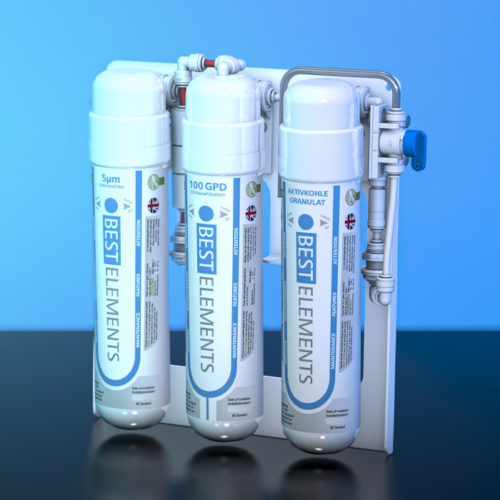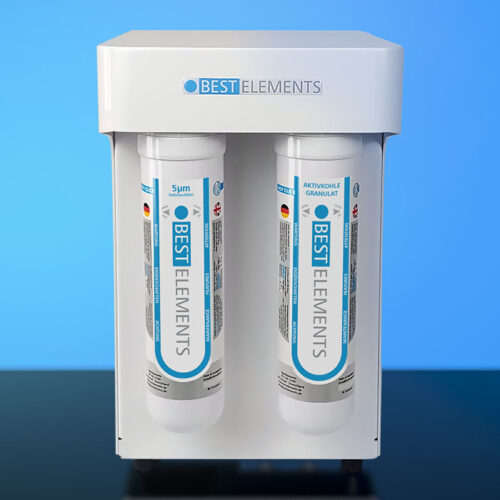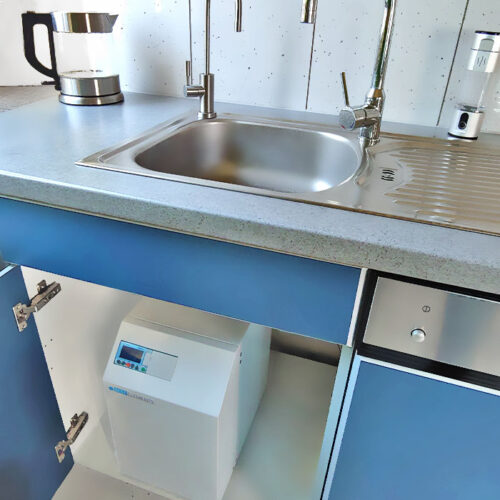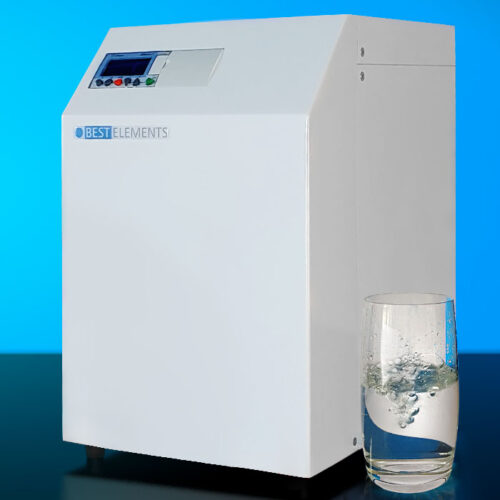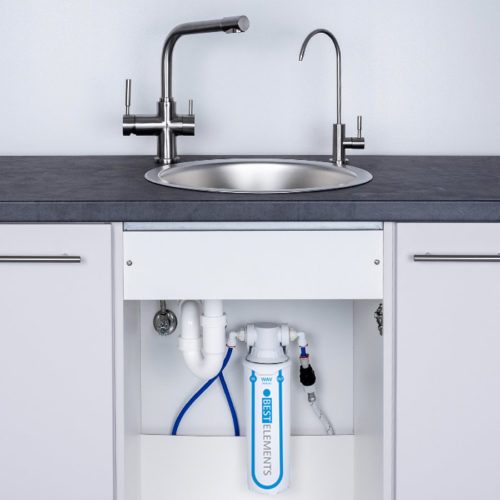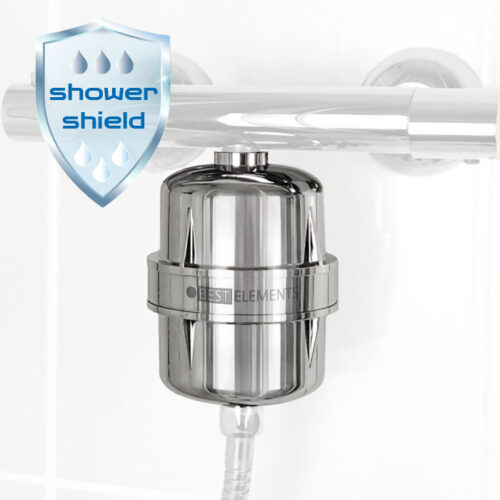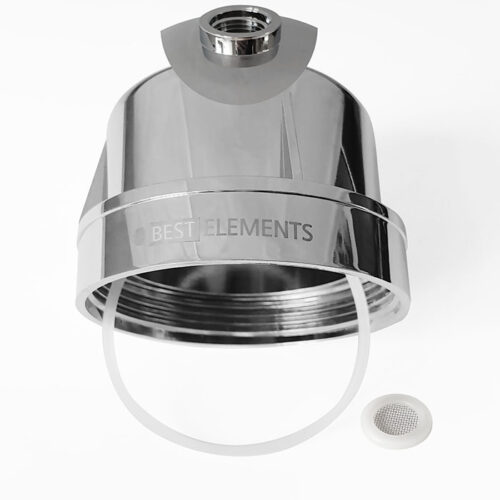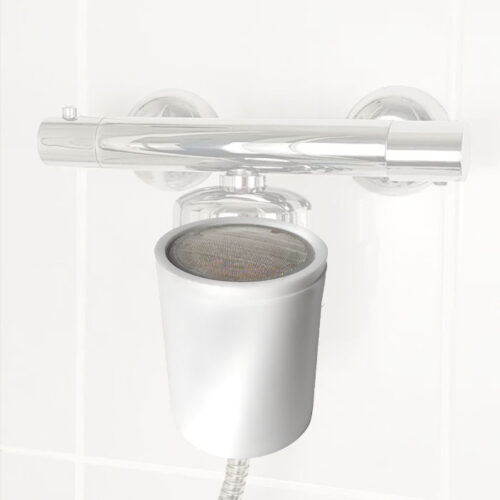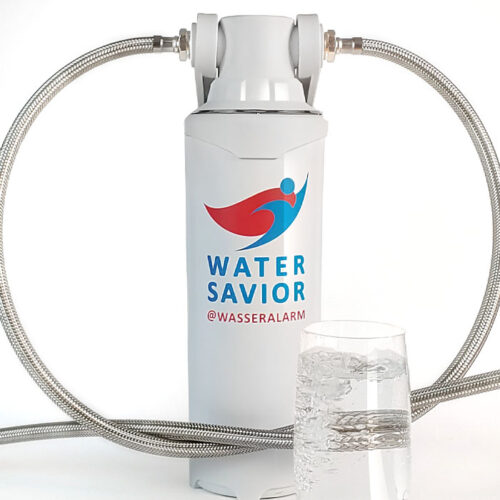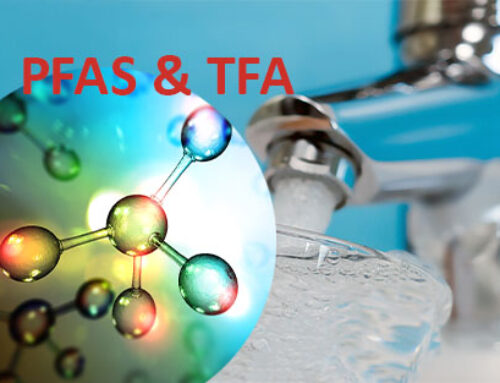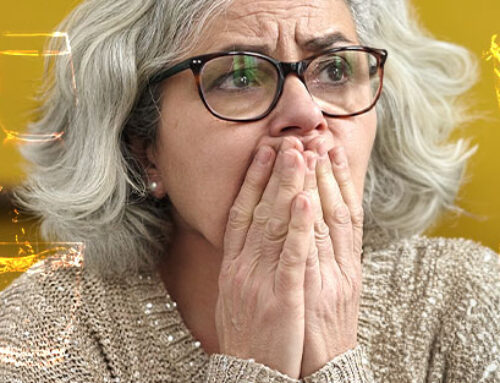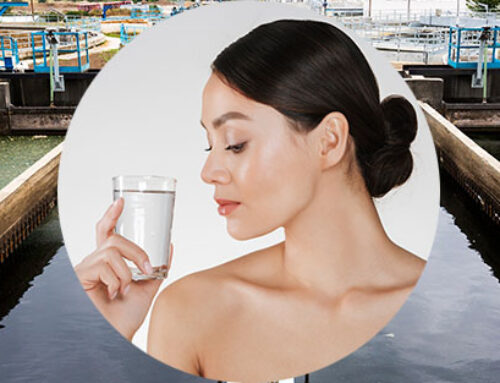Drinking water from the tap contains, among other undesirable ingredients, the light metal lithium, which is used in medicine to treat mental illnesses such as depression. Researchers have recently linked elevated levels of lithium in tap water to autism.
In Germany there are no limits for lithium in drinking water. That’s why the water doesn’t need to be tested for this.
Autism is a complex developmental disorder of the brain that occurs in various forms and manifestations. The most severe form of autism is early childhood autism, which often becomes noticeable around the age of three with symptoms such as missing or delayed language development. A milder form is Asperger’s syndrome, in which the linguistic and cognitive abilities of those affected are usually not restricted.
American researchers recently made a disturbing discovery. In a study conducted by the University of California, Los Angeles (UCLA) and published in the journal Jama Pediatrics in early April, they found that children born to mothers in Denmark who were born during pregnancy in regions with increased Lithium content in tap water is more often affected by autism spectrum disorder (ASD). This is the first investigation to consider lithium as a possible cause of ASD.
State government presents report on trace substances in rivers: Medicines in particular are a problem!
Trace substances and medicines in rivers
Painkillers, birth control pills and antihypertensive drugs cause significant damage to fish, mussels and snails. Even small concentrations of less than a millionth of a gram have a massive impact on many aquatic organisms. In addition to medicines, pesticides, industrial substances and household chemicals can also be found in the waters, some of which find their way back into the human body through drinking water.
Bisphenol A: Ministry of Consumer Protection warns about chemicals in drinking water
The CVUA (Chemical and Veterinary Investigation Office Stuttgart) has found worryingly high concentrations of bisphenol A in hot water in almost all samples examined. Over a period of 2 years, a total of 103 drinking water samples were analyzed on behalf of the health authorities, including 27 samples of cold water and 76 samples of hot water. The drinking water limit was exceeded more than eight times in 87% of the hot water samples!

